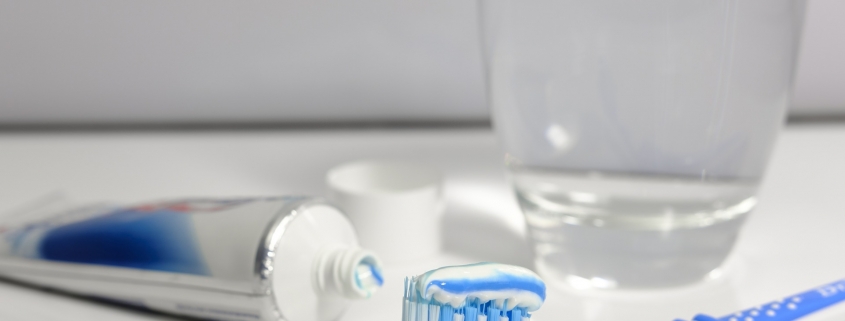How Often Should I Change My Toothbrush?
If you can’t remember the last time that you replaced your toothbrush, this blog may be for you. While it is easy to know when to replace a ripped shirt or a holey sock, your toothbrush may not be so obvious and could cause you to be brushing with an ineffective toothbrush.
Generally, you’re going to want to change your toothbrush every 3-4 months, but if you’ve recently come down with the flu or a virus, it may be a good idea to change it sooner to avoid contracting the sickness again. Other things to look for that may lead you to change your toothbrush sooner include frayed bristles and the storage of your toothbrush. Keeping your toothbrush close to others with no covering can be unsanitary. Children will also need their toothbrushes changed more frequently as their toothbrushes become worn-out more quickly.
When replacing your toothbrush, consider the type that you would like to buy: manual or electric. Manual toothbrushes have the benefit of being portable, requiring no external power source, and the user having the power to control the pressure and intensity of the brushing. Electric toothbrushes make it easier to clean your teeth, but most need to be charged before using. Choose the one that best suits your lifestyle.
The key to preserving your toothbrush’s longevity is keeping it clean. According to the ADA, rinsing your toothbrush after use to rid it of the saliva and toothbrush should be a mandatory step in your brushing routine. Keeping your toothbrush in an upright position after use will help the bristles air dry as well and prevent them from getting damaged or picking up bacteria. Although toothbrushes can come with a container which are marketed as keeping it safe, bacteria can fester in these containers and are therefore not recommended.
Of course, for the best advice on toothbrush maintenance and choosing the best one for your oral health, consult with your family dentist.

